A Little Bit Country
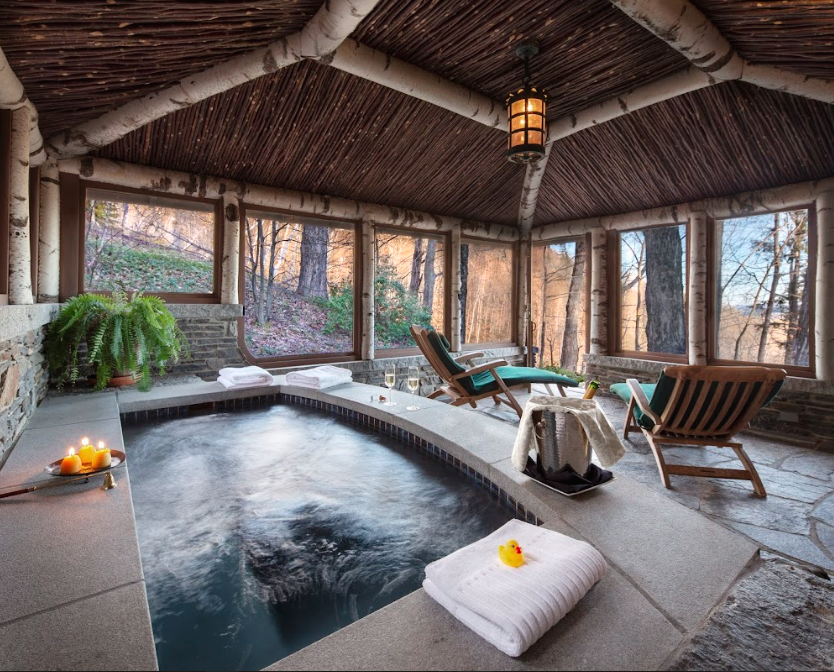
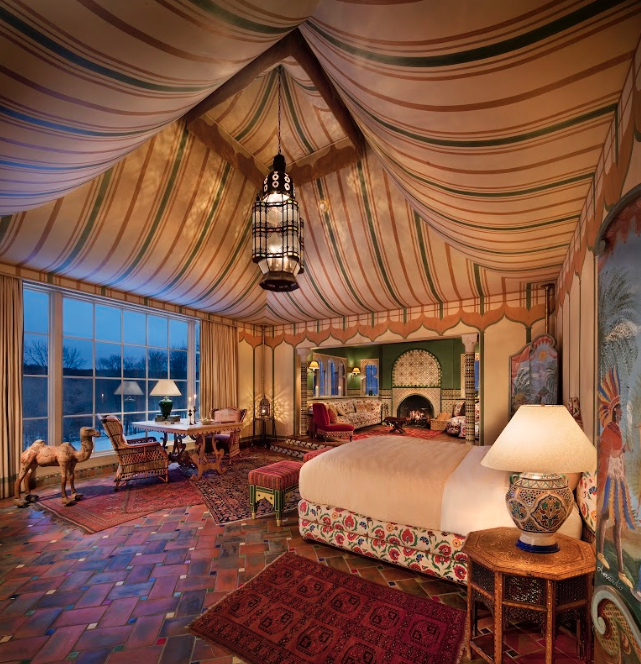

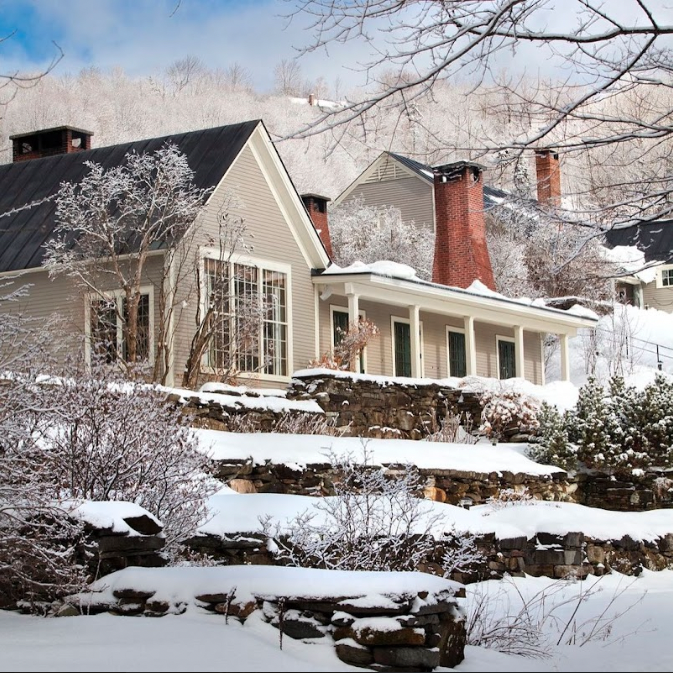
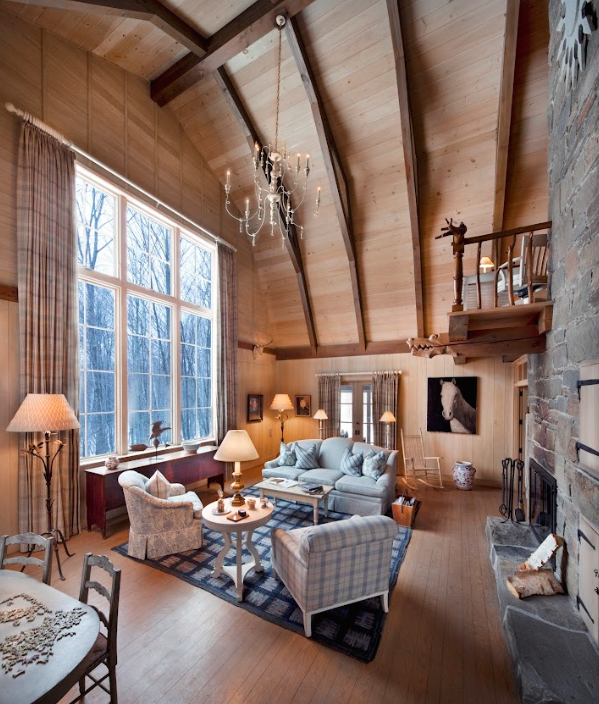
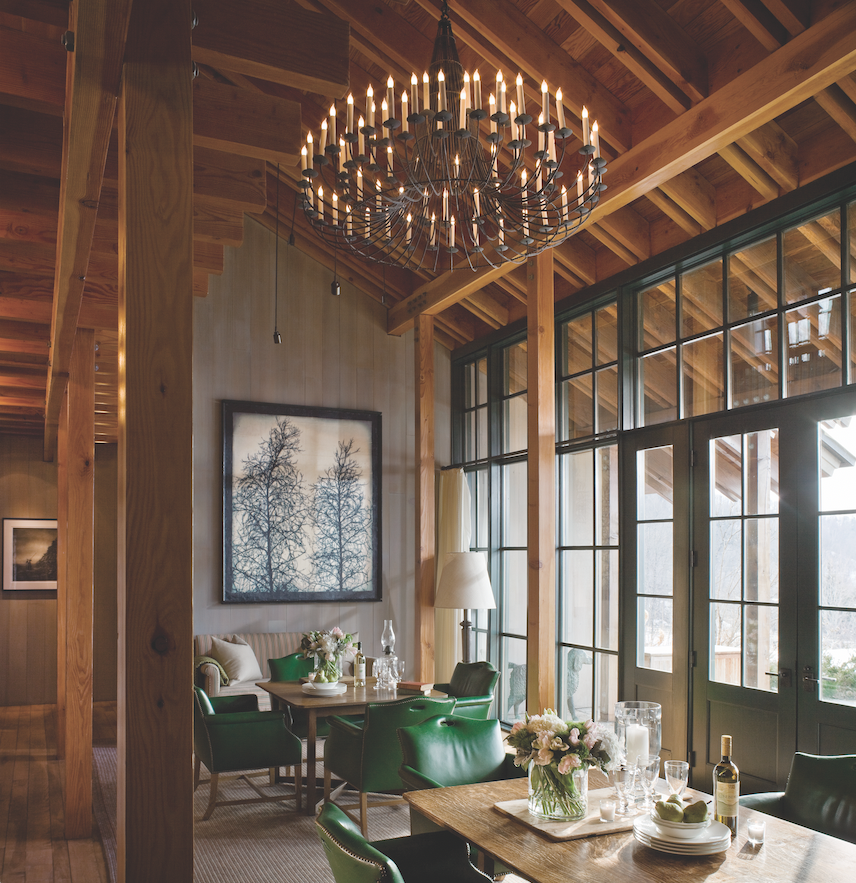
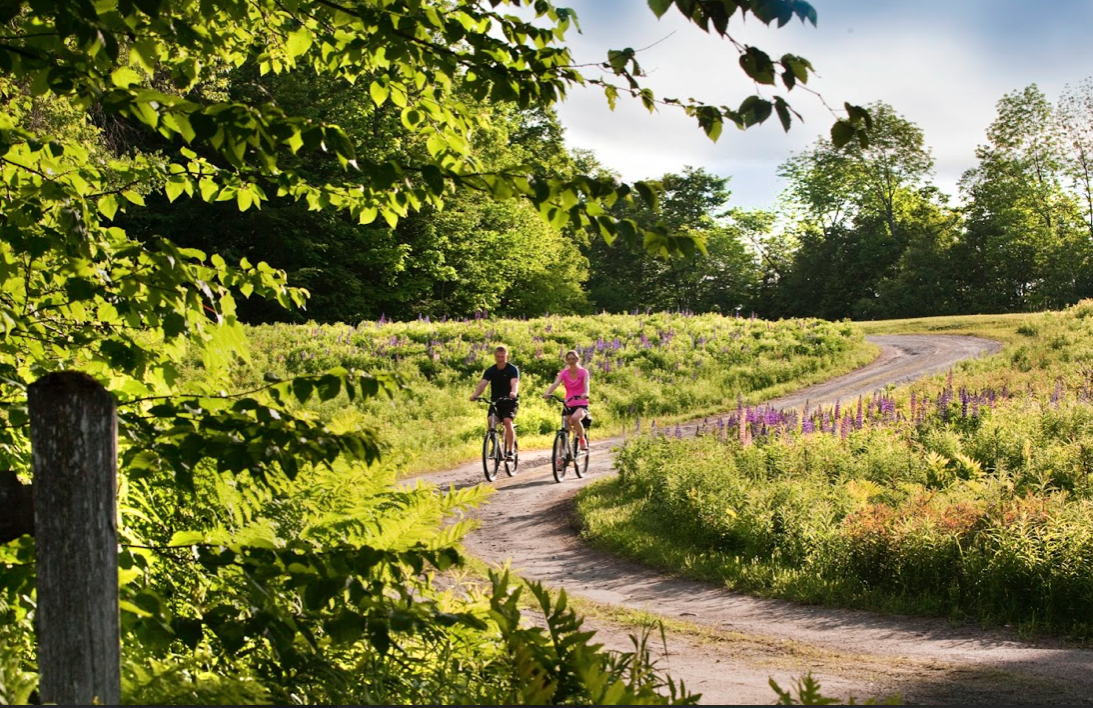
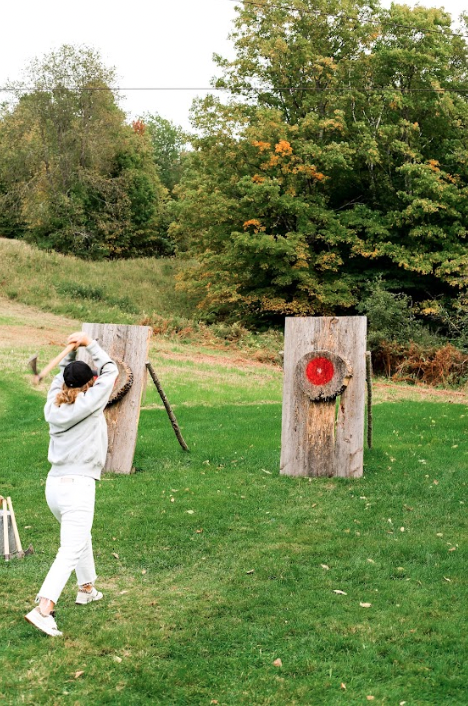
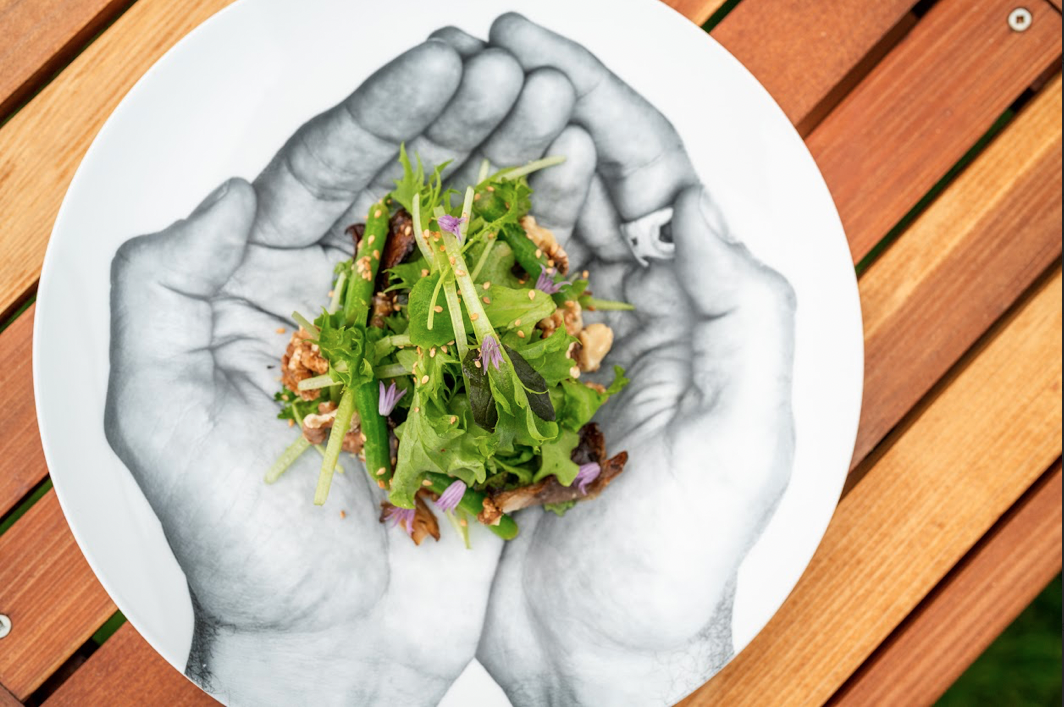
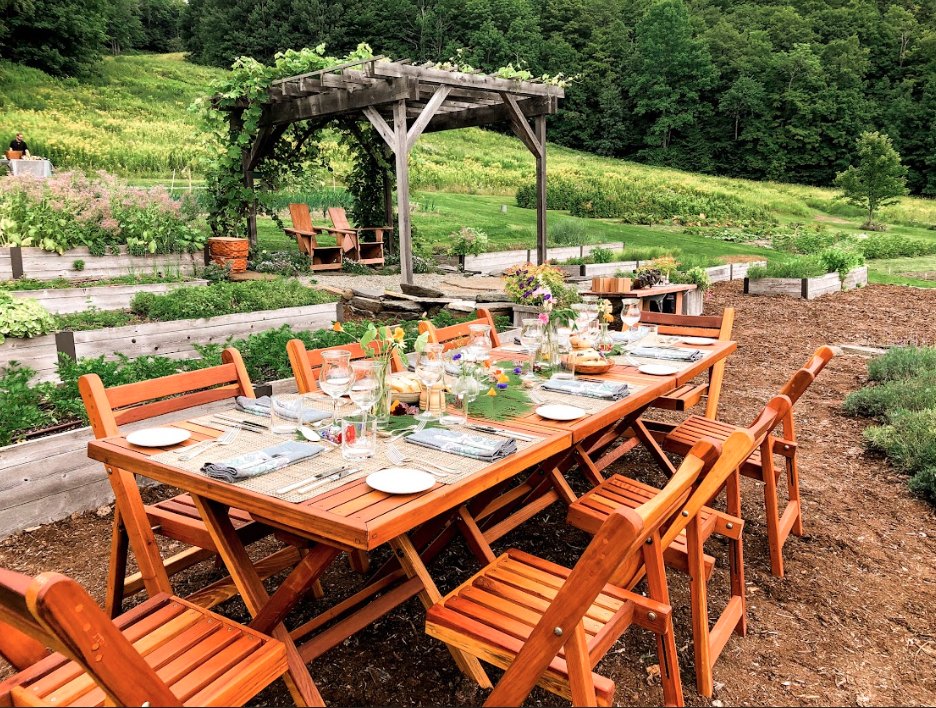
Serenity awaits in pastoral central Vermont, where hilly fields rise at the edge of the Upper Valley and the sprawling woods are interrupted only by meandering brooks and rivers. This is, after all, the Green Mountain State, famed for its many miles of countryside as much as the charming towns and cities to be discovered within.
“Vermont from the beginning has been a state of towns, historically and otherwise … and in them only can the real Vermont be found and seen,” poet Arthur Wallace Peach wrote in 1954. At the time, he was encouraging his fellow Vermonters to visit every town in the state to discover the real Vermont (Peach was a former director of the Vermont Historical Society); a good place to begin your own journey is the town of Woodstock, once named the “prettiest small town in America.” Fifteen years before the signing of the Declaration of Independence, Woodstock was already an emerging hub for entrepreneurs, manufacturers and craftsmen when it was chartered in 1761. Waterfalls from the nearby Ottauquechee River provided power to operate a gristmill and sawmill, while local factories produced machinery, furniture, carriages, luggage trunks and assorted wooden wares. Several local families carry on the tradition of providing valuable goods for this community. For example, no trip to Woodstock is complete without a visit to F.H. Gillingham & Sons general store, a family-owned and operated general store that has sold locally made Vermont products (including pure maple syrup and cheese from nearby farms) since 1886.
Woodstock prospered during the American Industrial Revolution. Today, the leading industry is tourism. Explore Woodstock’s rural heritage at historic sites, such as the period-accurate Billings Farm & Museum, the birthplace and boyhood home of President Calvin Coolidge, and the Old Windsor Constitution House (the birthplace of the Vermont Republic and Vermont’s Constitution). Another notable site is the Norman Williams Public Library, made of striking pink sandstone and home to a collection of nearly 70,000 books and other offerings. Woodstock is also home to the only national park in Vermont, the Marsh-Billings-Rockefeller National Historical Park, established in 1992 by philanthropists and environmentalists George Perkins Marsh, Mary Montagu Billings French, Laurance Rockefeller, and Mary French Rockefeller as a tribute to the people of Woodstock and this area’s cultural heritage of woodworking, craftsmanship and trade.
To experience more of Vermont’s great outdoors (from the luxury of a lavishly designed cottage), enjoy a 15-minute country drive northwest of Woodstock to Twin Farms, a Relais & Chateaux Resort (twinfarms.com), a 300-acre estate that features hiking trails, bike paths, ponds for swimming or canoe rides, a ski hill, and tennis court surrounded by birch forests and idyllic panoramas. “We have more gravel roads in Vermont than we do paved [ones],” says John Graham, managing director of Twin Farms. “[Here,] we have nine beautiful private miles of trails, with views of the meadows, the farm, the ponds and streams, and the Green Mountains.” In May, a new fleet of gravel bicycles will join the property’s assortment of mountain, pedal assist, and fat tire bikes perfect for venturing through the wilderness.
The all-inclusive escape garners accolades year after year. Exploring each of Twin Farms’ 20 rooms is an adventure unto itself; from expansive suites in a modern farmhouse to eclectic freestanding cottages, the accommodations here offer a mix of antique-inspired furnishings and whimsical elements (colored glass chandeliers, woven fiber ceilings, animal carvings, and beyond), plus all the marvels of modern plumbing. Soak up boundless views of the greenery outside from 18-foot-high cathedral windows — or of artwork in your room by the likes of Jasper Johns or Cy Twombly — while taking a literal soak in a fireside jacuzzi or a hot tub on the porch.
There’s no shortage of things to do at Twin Farms, and activities vary by the season. In the spring and summer, go kayaking and paddle boarding on Copper Pond, learn the pollen-to-pallet process of beekeeping, or try your hand at archery and ax throwing. During the winter months, enjoy downhill skiing, sledding, ice skating, and ice fishing. If you work up an appetite, you won’t have to go far for a fine meal: the newly reopened Twigg’s presents a farm-to-table experience to complement the acclaimed dining program in the Main House. Dishes incorporate locally sourced ingredients (award-winning chef Nathan Rich and his team work closely with Fable Farms and Kiss The Cow Farms, both located within a mile of Twin Farms) are prepared on-site, as is the case with the house-made pasta, stews, pies and freshly squeezed juices. “Over the years, we’ve continuously invested more time and resources into our working farm. Everything from daily eggs to berries in the summer, tomatoes grown in our greenhouse, and honey that’s harvested right from the hives in the backyard,” Graham says. “We stay as local as we can.”
For the perfect day trip, head south to Quechee (pronounced kwee-chee) Village for a fascinating array of excursions. Start by taking in the view from the Quechee Gorge Bridge, the state’s oldest surviving steel arch bridge suspended 163 feet above the Ottauquechee River below. This is one of the best spots to survey the Quechee State Park, which offers campsites, trout fishing, miles of hiking trails — including a portion of the Appalachian Trail — and more across 688 lush acres. During September and October, you’ll also be able to see Vermont’s iconic maple leaves change from bright summer green to deep yellow, orange and red.
In town, Quechee boasts a diverse medley of unique shopping opportunities, from warm knits handsewn (and homegrown) at Living the Dream Alpaca Farm to custom forged wrought iron art pieces at Green Mountain Fire and Hammer Blacksmith Shop to bourbon made with fresh maple syrup at Vermont Spirits Distilling Company. Don’t miss a glass blowing demonstration at Simon Pearce Glass Factory, where master artisans heat their materials to 2,000 degrees Fahrenheit before rolling and shaping molten glass into stunning bowls, vases, stemware, ornaments, and seemingly anything imaginable. The sky’s the limit at Simon Pearce — just as it is throughout all of central Vermont when it comes to discovering one-of-a-kind encounters that are not to be missed.
_______________________